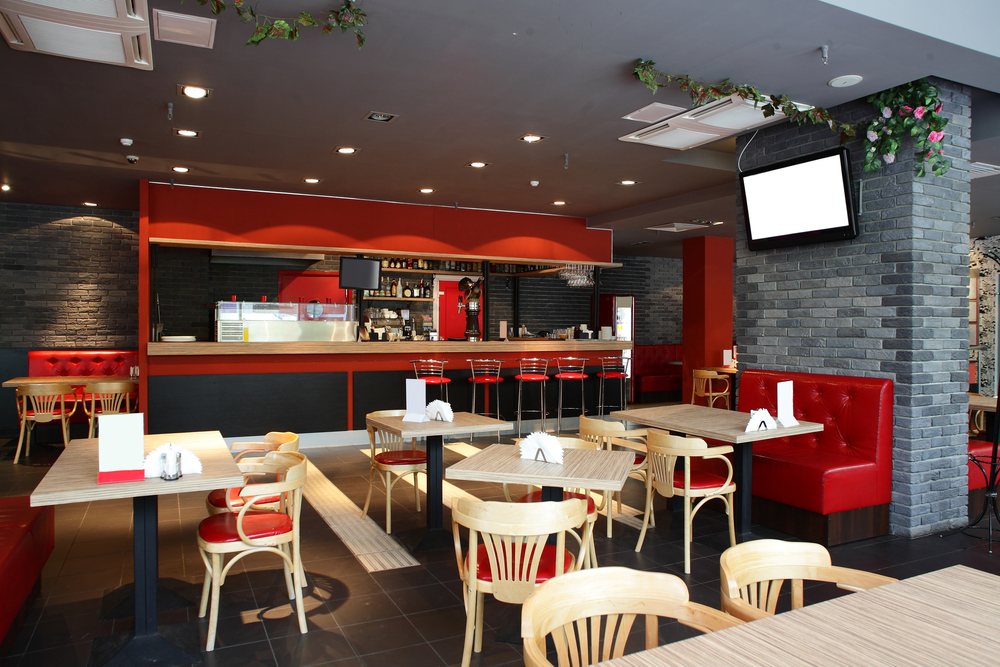How to open a restaurant
Congratulations on embarking on the exciting journey of opening your own restaurant! As a first-time restaurant owner, it’s crucial to approach this endeavor with careful planning and organization. This guide will walk you through how to open a restaurant and set your business up for long-term success.
Step 1: Develop your concept
Before you open a restaurant you’ll need to develop a strong concept. Decide on the type of cuisine, ambiance and unique selling points that will make your restaurant stand out from the competition. Research the market to identify gaps and trends, ensuring your concept meets the demands and preferences of your potential customers. From this you can start to build the brand of your new business. Your restaurant name, logo, design, and any merchandise should all present a cohesive image of your brand.
Step 2: Create a menu
Craft a well-curated menu that reflects your concept and caters to your target audience’s preferences. Your menu will dictate the type of equipment you’ll need, the skills you should look for in your staff, and the type of customers you hope to attract. A well thought out menu can guarantee the success of your restaurant. Offer too many choices and you can comprimise the quality of your dishes. You can read a full guide on menu creation here.
Step 3: Location and legal requirements
Choosing the right location is critical when you are looking to open a restaurant. Look for areas with high foot traffic, accessibility, and proximity to your target market. Nearby businesses are also another important factor to consider when choosing a location as this ties in directly with your target customers. Try and think what other businesses your clientele frequent and consider opening up nearby. You can read our full guide on choosing a location to open your restaurant here.
You’ll also need to ensure that your health and safety paperwork is complete and up-to-date, the Foods Standards Agency provides plenty of guidance for new businesses.
You’ll also need to set up business insurance to protect your business from financial losses that may result from accidents, theft, or other unforeseen events. You can read our advice on business insurance here.

Step 4: Design and layout
Create an inviting and functional interior design that aligns with your brand identity and provides a pleasant and inviting dining experience. Consider factors such as seating capacity, flow of service, kitchen layout, lighting, and décor. You may want to hire an experienced designer or architect who understands restaurant operations to optimize your space. You can also consider using sensory marketing in your decor to make your restaurant stand out.
Step 5: Hire the right staff
Assemble a skilled and dedicated team to bring your restaurant to life. Define job roles, responsibilities, and qualifications required for each position. Bad serivice from your staff will be well remembered by your customers, and give the whole brand a bad reputation. Conduct thorough interviews and reference checks to ensure you hire individuals who align with your restaurant’s values.
Step 6: Invest in good marketing
Create a robust marketing strategy to build awareness and excitement before your restaurant’s grand opening. Utilize social media platforms, create a professional website, engage with the local community, and leverage influencer partnerships to generate buzz. Offer exclusive pre-launch events, tastings, or promotions to attract early customers. Develop a strong brand identity and messaging that resonates with your target audience and effectively communicates your unique value proposition. You can read out guide on how social media can support your growth here.
Step 7: The grand opening
After generating anticipation it’s time to open your doors to the public. Ensure that your staff is well-prepared and your operations are streamlined. Monitor customer feedback, make adjustments as needed, and continuously strive for improvement.
Opening a restaurant is a challenging yet rewarding endeavor. By following these steps and staying committed to providing exceptional dining experiences, you can increase your chances of success as a first-time restaurant owner. Remember, adaptability, perseverance, and continuous improvement are key to thriving in the ever-evolving restaurant industry. Good luck on your journey!